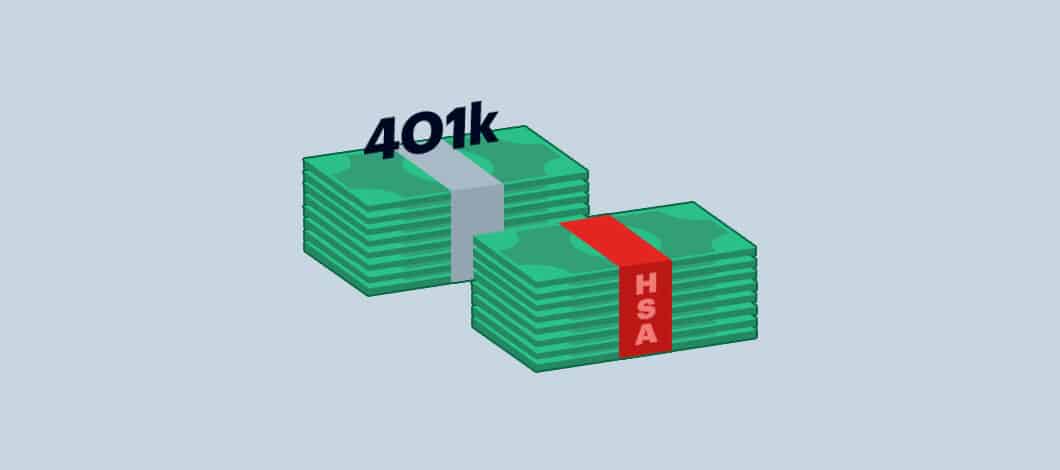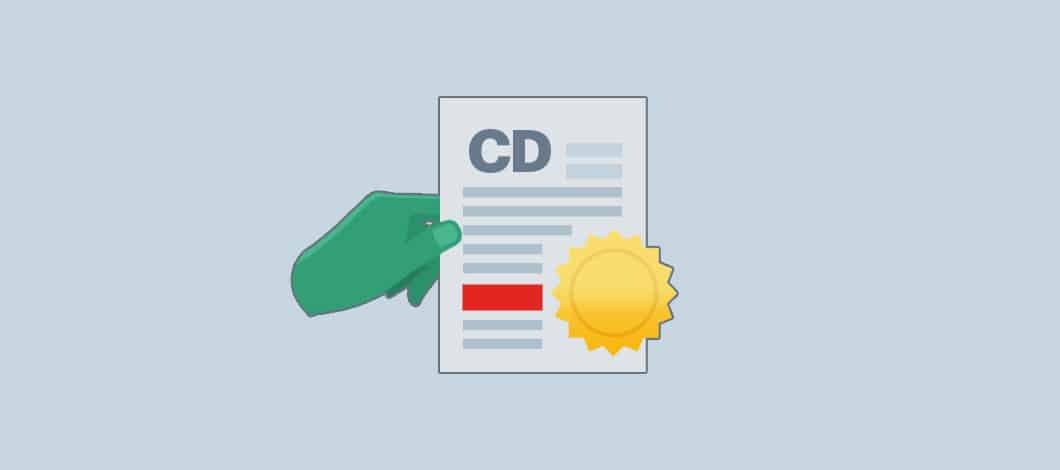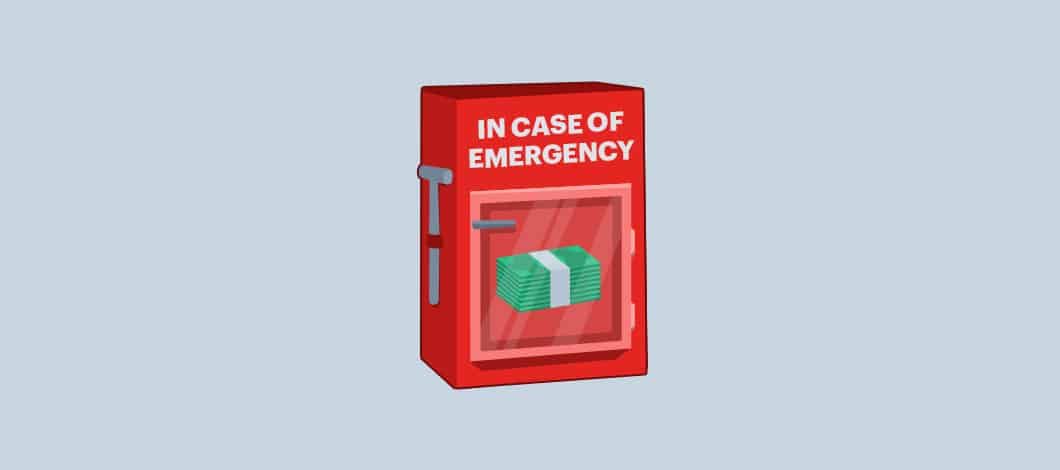What’s the best place to save money you earn from your small business? Here’s our guide to 12 of your best options. We’ll explore a range of options, focusing on low-risk investment strategies. We’ll explain what each strategy is and consider their pros and cons.
Our list starts with fundamental investment strategies that should be high financial priorities for most business owners. From there we’ll proceed to strategies that represent ways to grow your money once you’ve covered the basics.
1. Emergency Savings Fund
“Where should I save my money?” you may be wondering. If you don’t have an emergency savings fund, setting aside enough money to cover your expenses for a few months is a good place to start. The COVID-19 pandemic brought this home for many workers: Unexpected events which disrupt your financial situation can leave you without income for months at a time. An emergency fund protects you if this happens.
Most financial advisers recommend that you should save up enough to cover your expenses for at least 3 to 6 months before pursuing other investment strategies. To earn interest, place your money in a savings account or a similar interest-bearing account where you can get at your money if you need it.
Note that you can create a business emergency savings fund as well as a personal one. This can help your company continue to cover expenses in the event of an unforeseen disruption.
2. Paying Down High-interest Nonmortgage Debt
Intuitively, you might not think of paying down debt as a savings strategy, but reducing your nonmortgage debt gives you more money to put toward savings. If you have high-interest credit cards or loans with high balances, paying these down can reduce your monthly expenses, leaving you more available to invest in savings strategies. Review your debt obligations and identify any nonmortgage debts which could be reduced to increase your available cash.
3. Employer-Matching Health Savings Account
If you’ve stored up a savings account and you’ve got extra cash, the best place to put your money first is a health savings account (HSA) with employer-matching contributions. For employees, HSAs have a unique advantage over other savings vehicles because they have what is called a triple tax advantage:
- You can contribute pre-tax dollars through payroll deductions
- Interest and earnings are tax-free
- Withdrawals to pay for qualified expenses are tax free
If you’re a business owner, the way you claim HSA tax deductions works a little differently. You can’t claim a pre-tax contribution, but you can deduct the expense on your business income tax. This restriction prevents business owners from claiming the same deduction twice.

4. Employer-Matching Retirement Savings Plans
After an employer-matching HSA, the next best place to put savings is an employer-matching retirement savings plan. The most common type of savings plan used for this purpose is a 401(k). Employee contributions to 401(k) plans may be deducted before taxes with a traditional 401(k), making taxes due after retirement withdrawals, or after taxes with a Roth 401(k), in which case no taxes are due on employee contributions or earnings upon withdrawal. If you’re a business owner using a 401(k), you make contributions as both employee and employer.
There are several versions of 401(k) plans, including ones designed for self-employed business owners. There also are alternatives to 401(k) plans. Consult your financial adviser about which type of retirement plan would be best for your needs.
5. High-Yield Savings Accounts
High-yield savings accounts earn more interest than regular savings accounts. Typically, they require higher initial deposits than standard savings accounts, and they allow a limited number of monthly withdrawals before fees kick in or they become ineligible for high interest.
Unlike higher-risk investment vehicles, they’re insured by the Federal Deposit Insurance Corporation (FDIC), so they’re a candidate for the safest place to keep cash while earning interest. However, their interest rates fluctuate and are subject to inflation, so they may not earn as much money as higher-risk investment options. Accounts at brick-and-mortar banks may earn more than ones at online banks.
6. High-Yield Checking Accounts
High-yield checking accounts represent an alternative to savings accounts for those who want more ability to access their savings. They earn interest like savings accounts (often at higher rates than online savings accounts), but they can be accessed like regular checking accounts. They often require a minimum number of monthly debit transactions to receive high-yield interest rates. The amount of your balance which earns interest at a high rate usually is capped.
7. Cash-Management Accounts
Cash-management accounts (CMAs) are offered by brokerages as well as banks. They combine features of checking, savings and investment accounts. They’re accessible like checking accounts, but they earn interest from investments. Their interest rates tend to be comparable with savings accounts. They’re insured by the FDIC, unlike higher-risk investment options. They can be a place to store money you want to earn interest at low risk while remaining accessible.
8. Money Market Accounts
Money market accounts (MMAs), also known as money market deposit accounts (MMDAs), are FDIC-insured accounts that earn interest at variable rates like savings accounts but share some features of checking and investment accounts.
They tend to have higher interest rates than standard savings accounts. They also may include the ability to write checks or make debit withdrawals. Moreover, they have minimum balance requirements to avoid fees. They only can be accessed for withdrawals a limited number of times per month before incurring fees or losing interest privileges.
The amount of interest MMAs earn can be subject to inflation. MMAs are a low-risk option for earning interest, but won’t earn as much interest as higher-risk options.
9. Money Market Mutual Funds
Money market mutual funds are investment funds that are invested in liquid assets such as cash and cash-equivalent securities such as U.S. Treasury bonds. They may be offered by both brokerages and banks. As investments, they aren’t FDIC-insured. They earn higher interest than standard savings accounts, but they aren’t as profitable as higher-risk investment vehicles such as stocks and bonds.
Money market mutual funds represent a low-risk, low-return investment option. While they aren’t the best way to grow savings over the long term, they’re good for storing money over the short term while you’re building funds to invest in longer-term, higher-yield investment vehicles.

10. Certificates of Deposit
Certificates of deposit (CD) are a special type of FDIC-insured account known as a time deposit which holds money for a fixed period of time, typically from 3 months to 5 years, before paying interest, usually at a fixed rate. Generally, the longer your deposit period, the higher the interest you earn.
CDs earn more interest than savings accounts or MMAs, but aren’t as accessible if you want to withdraw funds in the short term. To make money from CDs more accessible for short-term use, some investors prefer to split their money between multiple CD accounts with differing maturity dates, leaving the option to spend funds from accounts with shorter maturity dates as they become available or reinvest them in CDs with longer maturity dates. This strategy is known as CD laddering.
CDs can be the best place to put money if you want a low-risk, low-yield savings vehicle earning interest on cash you don’t need to access in the short term. For example, they can be the best way to store cash for emergency funds in some situations.
11. 529 Plans
If you’re wondering how to store cash long-term to invest money for your child’s education, you might consider a 529 plan. 529 plans are tax-advantaged savings plans sponsored by states, state agencies or educational institutions.
They can be used to prepay for future tuition credits at today’s rates or to invest money for later withdrawal to cover qualified educational expenses such as tuition, room and board. Money invested for later withdrawal may grow by being invested in other investment vehicles such as mutual funds. Withdrawals for qualified expenses aren’t taxed. Funds can be transferred to a beneficiary or other qualified family members.
A 529 plan can be a good investment option if you have other bases such as retirement covered and you have additional money you want to invest in your child’s education. One drawback is that withdrawals for unqualified expenses may be subject to both taxes and penalty fees.
12. Exchange-Traded Funds
An exchange-traded fund (ETF) is a type of investment fund which tracks assets that can be exchanged on the stock market, such as stock indexes, and which is exchanged itself. ETFs resemble mutual funds. However, they can be exchanged throughout the day. Mutual funds, on the other hand, are exchanged based on their price at the end of the day.
ETFs are more tax-efficient than mutual funds or stocks. They can be used to diversify an investment portfolio at low cost and low risk. However, they can lose value if market conditions change, so they require good management. Consult your financial professional when investing in an ETF or other investment vehicles.
Invest Your Money to Grow Your Savings
When you’re looking for where to save money, some good places to start laying a foundation for financial security are starting an emergency savings fund, paying off high-interest debt and investing in a health savings account and retirement savings plan.
Once you’ve covered these basics and you’re looking for the best place to save money and earn interest, high-yield savings and checking accounts, CMAs and MMAs represent some simple resources for growing interest.
From there, you can progress to higher-yielding investment strategies such as mutual funds, CDs, 529 plans and ETFs. Consult your financial adviser to help you select the investment mix that’s right for you.











